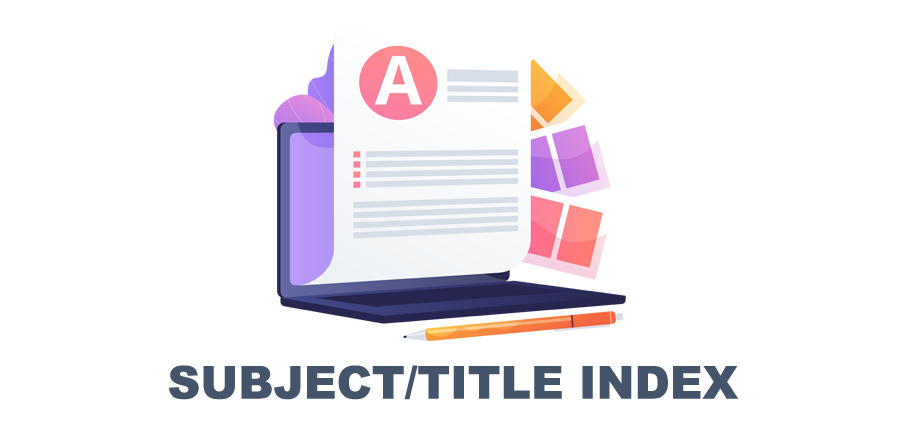Implemenatasi Metode Talaqqi dalam Pembelajaran Tahfidhul Qur’an di SDIWali Songo Kabupaten Mojokerto
DOI:
https://doi.org/10.32616/pgr.v6.1.458.54-70Keywords:
talaqqi method, tahfidhul Qur’an, Al-Qur’anAbstract
Learning the Qur'an is a virtue for every believer, especially in memorizing it. Based on a preliminary study conducted by the researcher, it is known that the method used in the tahfidhul Qur'an learning at SDI Wali Songo, located in Temon Village, Trowulan District, Mojokerto Regency, is the talaqqi method. This study aims to determine the implementation of the talaqqi method in tahfidhul Qur'an learning at SDI Wali Songo in Mojokerto Regency. This research employs a qualitative research methodology. Data were collected through interviews, observations, and documentation, and then analyzed using Miles and Huberman's analysis techniques. The results of the study indicate that the talaqqi method has been implemented well, starting from the basic volume (juz) to the recitation rules (tajwid) and the uncommon words (ghorib) for students who have not mastered reading and memorizing the Qur'an. Daily and monthly evaluations are conducted to improve students' ability to read the Qur'an and correct mistakes in tajwid and makhraj. The talaqqi method has proven to be effective in enhancing students' memorization skills and is supported by lesson plans (RPP) and syllabi prepared by the school coordinator. In order to improve the quality of learning, it is important to have an adequate number of teachers and facilities. Further research is expected to expand on this study and contribute to educational institutions and the development of knowledge in this field.
Downloads
References
Ali, Atabik, and Ahmad Zuhdi Muhdlor. Kamus Kontemporer Arab-Indonesia. Yogyakarta: Multi Karya Grafika, 1996.
Amaliah, Indah Nur, Enoh Nuroni, and M. Imam Pamungkas. “Pembelajaran Tahfidz Al-Qur’an Dengan Metode Talaqqi (Studi Kasus Di Madrasah Ibtidaiyah Asih Putera Kota Cimahi).” SPeSIA: Prosiding Pendidikan Agama Islam 4, no. 2 (2018): 229–236. http://karyailmiah.unisba.ac.id/index.php/pai/article/view/12276.
Hammam, Hasan bin Ahmad Hasan. Perilaku Nabi SAW Terhadap Anak-Anak. Jakarta: Pustaka at-Tazkia, 2008.
Lubis, Syamsidah, and Dewi Sapda Purnama. “Pengaruh Metode Talaqqi Dalam Pembelajaran Al-Qur’an Terhadap Kemampuan Menghafal Al-Qur’an Peserta didik Kelas VIII Di SMP Islam Integral Luqman Al-Hakim 02 Batam.” Tadribuna: Journal of Islamic Management Education 3, no. 1 (2022): 33.
Miles, Matthew B., and A. Michael Huberman. Analisis Data Kualitatif. Edited by Tjetjep Rohendi Rohidi and Mulyarto. Jakarta: Universitas Indonesia Press, 1992.
Susianti, Cucu. “Efektivitas Metode Talaqqi Dalam Meningkatkan Kemampuan Menghafal Al-Qur’an Anak Usia Dini.” Tunas Siliwangi Halaman 2, no. 1 (2016): 1–19.
Wafa, Khalid Abu. Cepat Dan Kuat Menghafal Al-Qur’an. Solo: Aslama Publishing, 2013.
Downloads
Published
Issue
Section
License
Copyright (c) 2022 Saudah Al-Amilatul Kholisoh Afifi

This work is licensed under a Creative Commons Attribution 4.0 International License.







